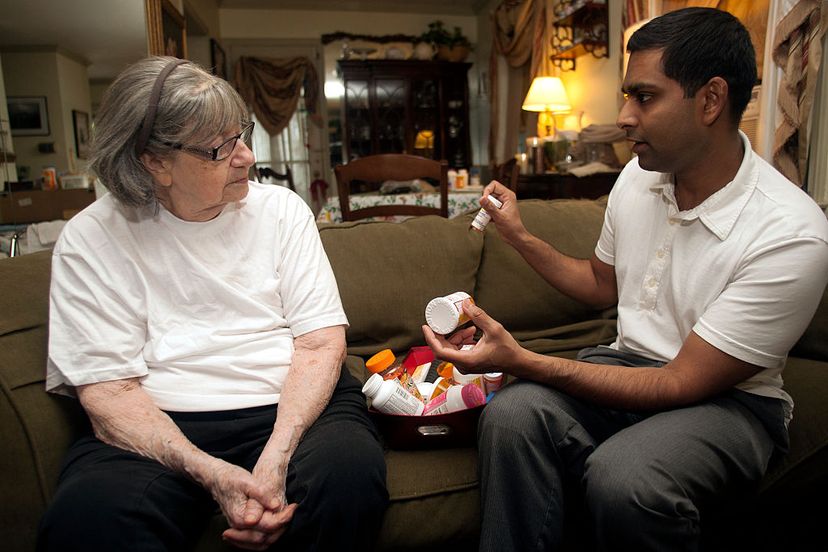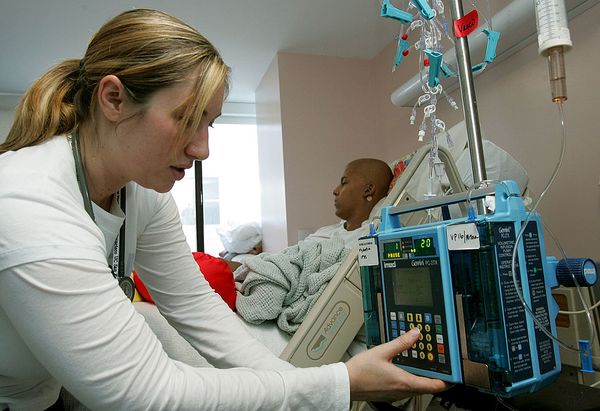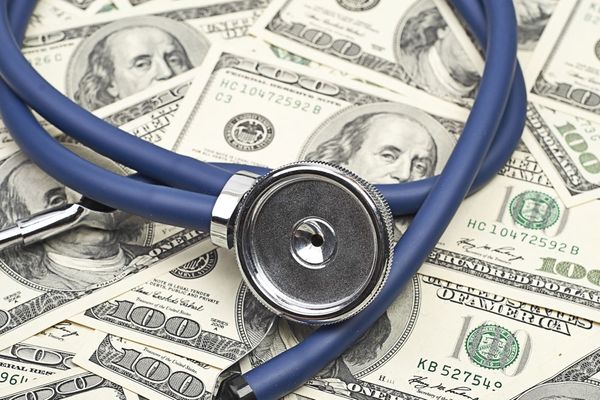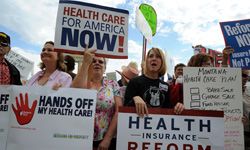
At first glance, the numbers seem ridiculous, even in a forum where numbers routinely look ridiculous.
Somewhere around half of the money spent on health care in the U.S. is spent on just 5 percent of the population, according to a 2016 report from the Department of Health and Human Services. Indeed, 22.8 percent of health care spending goes to just 1 percent of the population. These statistics have been this way for years.
Advertisement
That might, at first blush, seem out of whack, that so much of the more than $3 trillion Americans spend on healthcare flows to so few. But when you take a closer at those 5 percent doing all the spending (the "super-users"), that 5/50 thing is completely understandable.
"It's not a passing phase or a one-time phenomenon," Gerald F. Kominski, Ph.D., director of UCLA's Center for Health Policy Research, says of the statistic. "Almost everybody gets a cold. Almost everybody gets childhood diseases. But there's this 'tail end' of health care spending — the people who are really, really sick."
That really, really sick 5 percent doesn't consist of people who are old, necessarily, or at the end of their lives. Surprisingly, a 2015 study showed that, among those with the highest health care costs, only 11 percent were in their last year of life.
So, who's spending all the dough?
Advertisement


